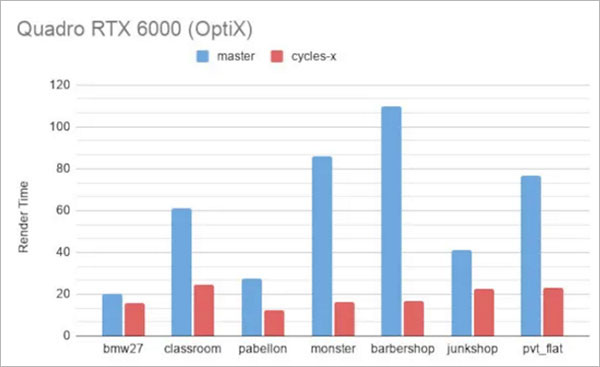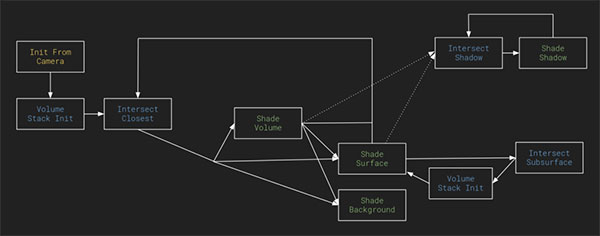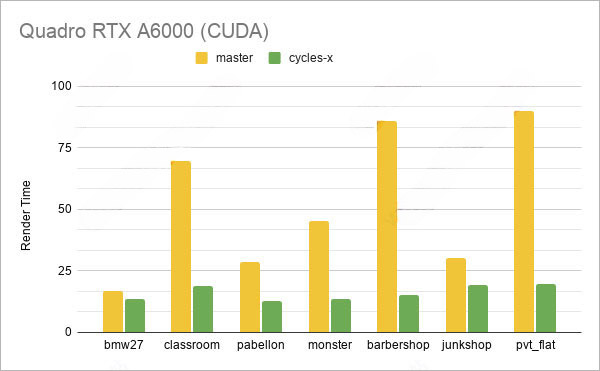【版权声明】根据《中华人民共和国著作权法》及相关法律法规,本平台提供的软件资源仅限用于个人学习、研究等非商业用途。任何单位或个人若需将本软件用于商业运营、二次开发、公共服务等营利性场景,必须事先取得软件著作权人的合法授权或许可。未经授权擅自进行商业使用,将可能面临民事赔偿、行政处罚等法律责任。 本平台已尽到合理提示义务,若用户违反上述规定产生的法律纠纷及后果,均由使用者自行承担,与平台无任何关联。我们倡导用户通过官方渠道获取正版软件,共同维护健康的知识产权生态。 注:本声明已依据《计算机软件保护条例》第二十四条、《信息网络传播权保护条例》第六条等法规制定,确保符合我国版权法律体系要求。
Blender 3D 3.0: An Overview
Blender 3.0 is a free and open-source 3D creation software that supports the complete 3D pipeline—modeling, rigging, animation, simulation, compositing, motion tracking, video editing, and game creation. Experienced users can customize the application and write dedicated tools using Blender's Python scripting. Ideal for individuals and small studios, Blender benefits from unified development and responsive processes. It is cross-platform, compatible with Linux, Windows, and Macintosh computers, providing a consistent experience through its OpenGL interface. The supported platforms list reflects the ones regularly tested by the development team.
This release marks the beginning of a new, more traditional two-year release cycle, following two decades of Blender 2.x updates. Blender 3.0 introduces significant new features such as CyclesX, a new resource browser, and a pose library, among others. The update also expands Blender's geometry node system to support fields and text nodes, adds a new USD importer for VFX workflows, and includes numerous smaller improvements.

New Features in Blender 3D 3.0
CyclesX: The Next-Generation Renderer
The Blender Foundation has unveiled CyclesX, a significant rewrite of the production renderer, designed for further validation over the next decade. This new version promises to drastically reduce rendering times and improve interactive viewport performance on modern GPUs, with support for recoverable and incremental rendering.

Improved Cycles Renderer
On its tenth anniversary, Cycles has undergone a major rewrite to address long-standing issues and support new hardware, adding advanced features for production rendering. Despite the increasing use of Blender's real-time renderer Eevee for final output work, Cycles remAIns the primary tool for rendering realism for most Blender users, especially in VFX and architectural visualization.

Major Performance Enhancements
Available versions of Cycles are now up to 7 times faster on Nvidia GPUs, thanks to the developers' introduction of new CUDA and Optix cores for rendering. Performance improvements vary by scene, with complex indoor scenes with high reflectivity benefiting the most. The rendering speed of the standard Cycles benchmark scene on the previous generation of Nvidia Quadro RTX 6000 GPUs has increased by 7 times.

Better Viewport Performance
Other improvements in the current version include enhanced viewport interactivity. CyclesX viewport updates are significantly faster and more responsive in real-time demonstrations. CPU rendering with Open Image Denoiser (OIDN) has also seen significant improvements.

Future-Ready Rendering Features
CyclesX now automatically selects an initial resolution based on the user's hardware for rendering. Final quality rendering is always interactive, rather than based on tiles. Future versions will support recoverable rendering and improved volume and caustics.

Deprecation of Old Features
This update has removed some old features, such as the NLM denoiser, which have been replaced by AI-trained OptiX and OIDN denoisers, and support for the traditional GPU computing API OpenCL. This means the current version of CyclesX only supports Nvidia GPUs. Developers plan to restore support for other GPUs, but not in their current form, and are still working with AMD and Intel.

Exciting Updates for Cycles and Eevee
The roadmap also lists specific updates for Blender's two rendering engines, Cycles and Eevee. The drawing backend is preparing for a new cross-platform graphics Vulkan and GPU compute API, supporting Khronos Group, which will help improve Eevee's memory




